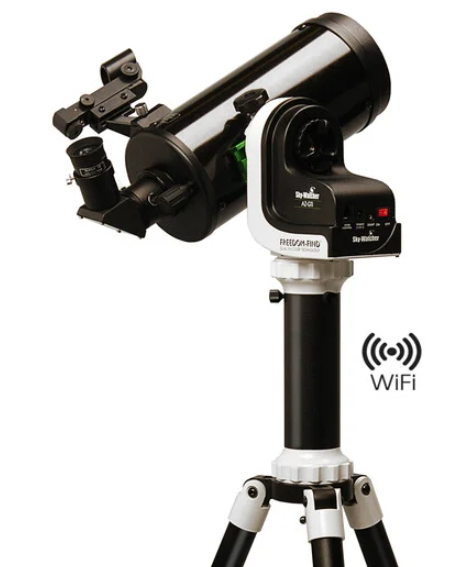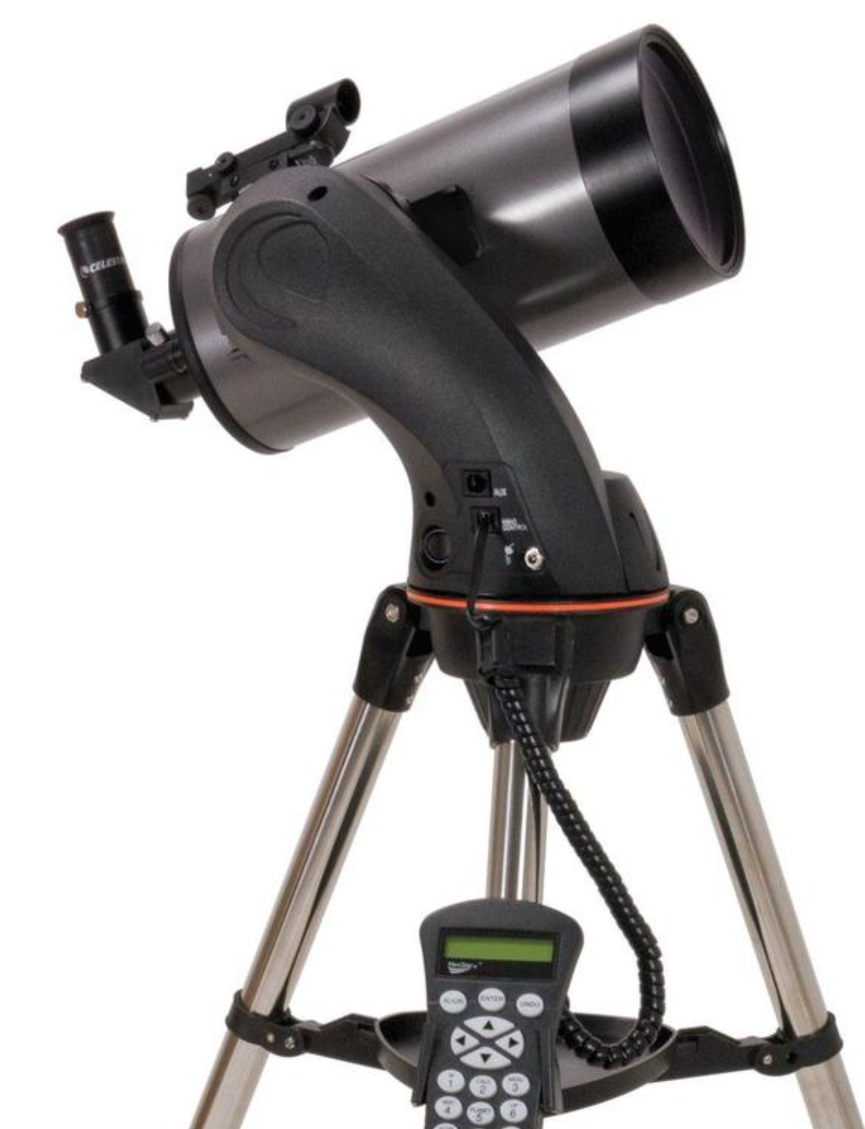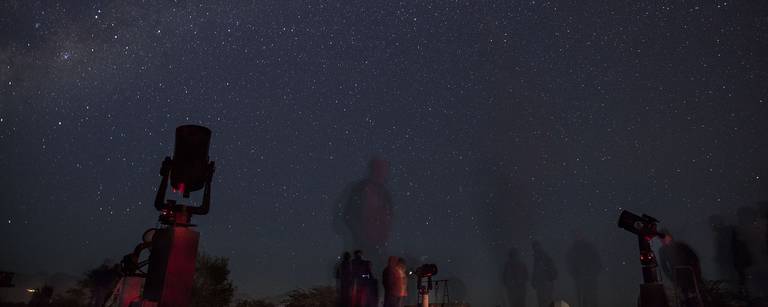The Best Telescopes for Urban Astronomy

Urban heavily light-polluted skies are not the ideal for stargazing with a telescope. There are, however, things like the Moon, the planets and even the Sun that can be observed from a city (observing the Sun requires specially designed filters, otherwise serious injuries and permanent blindness will occur).
Another thing to consider if you want a telescope and if you live in an apartment is the size of the instrument. You may need something that is compact and lightweight especially if you plan to bring it on out of the city trips.
This is where the various Maksutov optical assemblies check all the boxes. These small tubes offer the high magnification required for planetary and Moon observation while remaining very compact and stable. Their optics provide sharp images and they need very low maintenance.
Skywatcher SkyMax WiFi 102/1300, the convenient

This telescope with its 102 mm aperture and its 1,300 mm focal length is the ideal for beginners.
The mount is super easy to control with a smartphone through the built-in WiFi and a dedicated app. Not only will the mount compensate for Earth's rotation and thus prevent the viewed objects to drift in the field of view when looking into the eyepiece, but it will also point automatically at any target you select in the app.
The weight, 7.5 kg (16 pounds) makes it an ideal grab and go telescope. It comes with two eyepieces- a 10 mm for close views and a 25 mm for larger ones.
The 102/1300 is relatively versatile and works well for the Moon and the planets and if you bring it under darker skies, you may also enjoy some deep sky object such galaxies and planetary nebulas. You may add a barlow lens that multiplies the focal length to get a greater magnification for the planets.
Celestron NexStar 127/1500, the planet hunter

It's just a bit heavier than the Skywatcher, 8.16 kg (18 pounds), which is still very convenient if you need something easy to carry around.
Jupiter will be nicely resolved and its four visible Moons will fit into the field of view. The rings of Saturn will be seen clearly and depending on the level of turbulence, a barlow lens may show you the Cassini division between the rings.
More on telescopes & mounts:
Telescopes for beginners
Different types of telescopes
Telescope mounts








